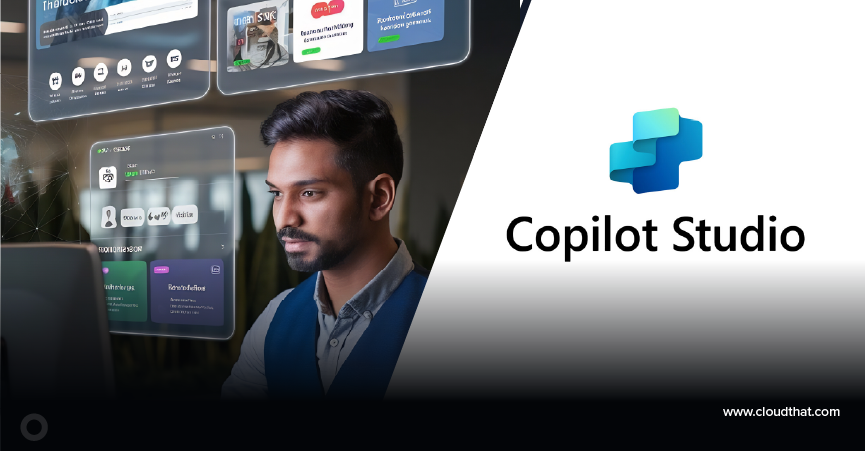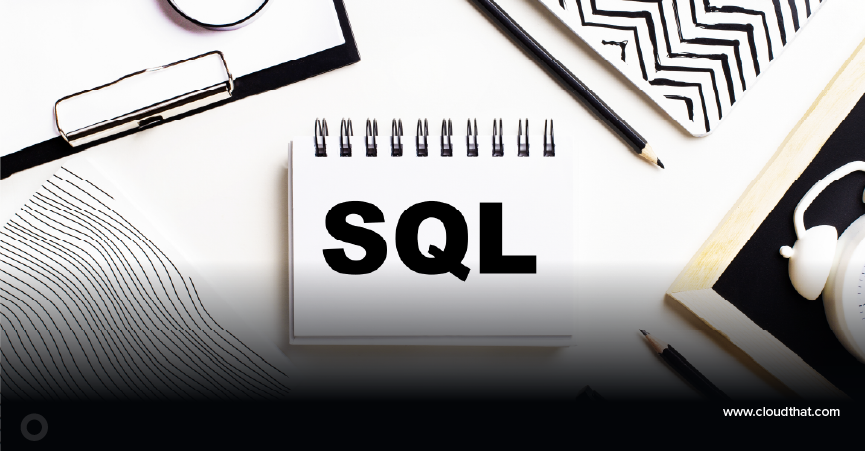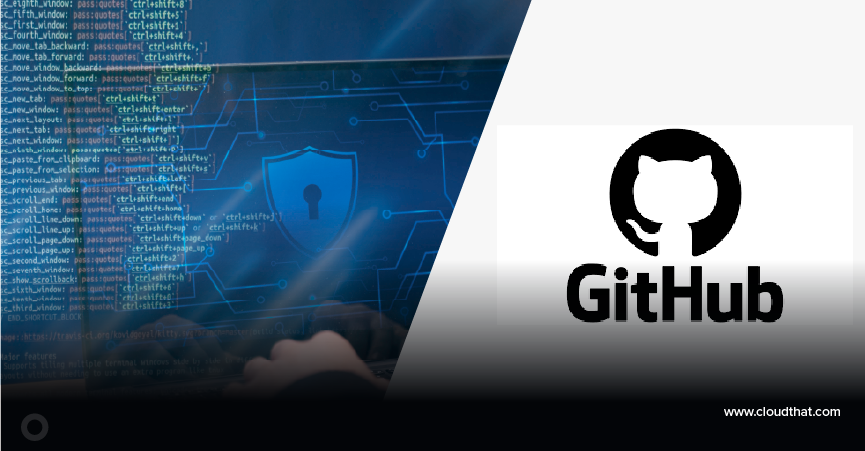|
Voiced by Amazon Polly |
Overview
Data has become the foundation of success in today’s constantly changing business environment. The lifeblood fuels decision-making processes, drives innovation, and empowers organizations to maintain a competitive edge in their respective industries.
The large amount of data generated rapidly and in many different forms today offers advantages and difficulties for businesses. Organizations must adopt robust strategies for data management to effectively harness the power of data, beginning with the critical processes of data ingestion and integration. These foundational pillars serve as the bedrock upon which data-driven insights are built, allowing businesses to unlock the full potential of their data resources and drive transformative change.
Pioneers in Cloud Consulting & Migration Services
- Reduced infrastructural costs
- Accelerated application deployment
Introduction
In today’s fast-changing business world, data is the key to success, guiding decisions, fostering innovation, and providing a competitive edge. Yet, harnessing data’s power effectively demands strong data management strategies, where data ingestion and integration are crucial foundations.
Application and Use Cases
1. Real-time Analytics: In industries such as finance, where split-second decisions can make or break outcomes, real-time analytics powered by data ingestion play a pivotal role. For instance, a stock trading platform utilizes real-time data ingestion to process market data feeds, enabling traders to react swiftly to price changes and execute trades in microseconds, maximizing profitability.
2. IoT and Sensor Data: The widespread adoption of Internet of Things (IoT) devices has ushered in an era of unprecedented data generation. Consider a smart manufacturing facility with IoT sensors that monitor equipment performance and environmental conditions. The facility collects and analyzes sensor data in real-time through data ingestion, enabling predictive maintenance to prevent costly downtime and optimize production efficiency.
3. Cloud Migration: As organizations increasingly embrace cloud computing to modernize their IT infrastructure, seamless data integration becomes imperative. For example, a retail chain migrating its sales and inventory data to a cloud-based ERP system leverages data integration solutions to ensure a smooth transition. This allows the company to maintain business continuity, streamline operations, and gain scalability to support future growth.
4. Supply Chain Optimization: Data integration facilitates the synchronization of supply chain data from suppliers, manufacturers, distributors, and retailers. By aggregating and analyzing supply chain data in real-time, organizations can optimize inventory levels, streamline logistics, and enhance demand forecasting accuracy, resulting in cost savings and improved customer satisfaction.
Challenges and Best Practices
1. Data Governance: Implementing clear policies and procedures for data governance is crucial to ensure data quality, compliance, and security during data ingestion and integration. By establishing robust governance, businesses can effectively maintain reliable and accurate data, comply with regulatory standards, and protect sensitive information by defining roles, responsibilities, and standards. Organizations can mitigate risks and foster trust in their data assets.
2. Scalability: With data volumes growing exponentially, scalability is a key consideration for data ingestion and integration solutions. Employing scalable architectures and technologies allows organizations to accommodate increasing data loads and support future growth without compromising performance or reliability.
3. Data Quality Assurance: Maintaining data quality is quintessential for deriving better insights and making informed decisions. Implementing robust data validation, cleansing, and enrichment processes helps identify and rectify errors, inconsistencies, and duplicates, ensuring high-quality data throughout its lifecycle.
4. Security and Compliance: Protecting sensitive data from unauthorized access, breaches, and regulatory violations is a top priority for organizations. Implementing encryption, access controls, and monitoring mechanisms helps protect data privacy and ensures compliance with industry regulations like GDPR and HIPAA.
Conclusion
Data ingestion and integration represent the cornerstones of effective data management, enabling organizations to extract actionable insights, drive innovation, and fuel growth in today’s data-driven economy. By adopting these key processes and using advanced technologies, businesses can fully utilize their data, gain a competitive edge, and prepare for success in the digital age and beyond. As companies handle the complexities of data management, investing in strong data ingestion and integration strategies will be crucial for tapping into the power of data and achieving long-term business value.
Drop a query if you have any questions regarding Data ingestion or integration and we will get back to you quickly.
Empowering organizations to become ‘data driven’ enterprises with our Cloud experts.
- Reduced infrastructure costs
- Timely data-driven decisions
About CloudThat
CloudThat is an award-winning company and the first in India to offer cloud training and consulting services worldwide. As a Microsoft Solutions Partner, AWS Advanced Tier Training Partner, and Google Cloud Platform Partner, CloudThat has empowered over 850,000 professionals through 600+ cloud certifications winning global recognition for its training excellence including 20 MCT Trainers in Microsoft’s Global Top 100 and an impressive 12 awards in the last 8 years. CloudThat specializes in Cloud Migration, Data Platforms, DevOps, IoT, and cutting-edge technologies like Gen AI & AI/ML. It has delivered over 500 consulting projects for 250+ organizations in 30+ countries as it continues to empower professionals and enterprises to thrive in the digital-first world.
FAQs
1. How do data ingestion and data integration differ?
ANS: – Data ingestion encompasses collecting and importing raw data from various sources into a storage or processing system. In contrast, data integration combines, transforms, and consolidates data from multiple sources to provide a unified view or enable analysis.
2. How does data ingestion contribute to data quality?
ANS: – Data ingestion processes can contribute to data quality by implementing data validation and cleansing routines, which help identify and rectify errors, inconsistencies, and missing values before propagating throughout the system.

WRITTEN BY Anirudha Gudi
Anirudha Gudi works as Research Associate at CloudThat. He is an aspiring Python developer and Microsoft Technology Associate in Python. His work revolves around data engineering, analytics, and machine learning projects. He is passionate about providing analytical solutions for business problems and deriving insights to enhance productivity.


 Login
Login


 June 20, 2024
June 20, 2024 PREV
PREV










Comments